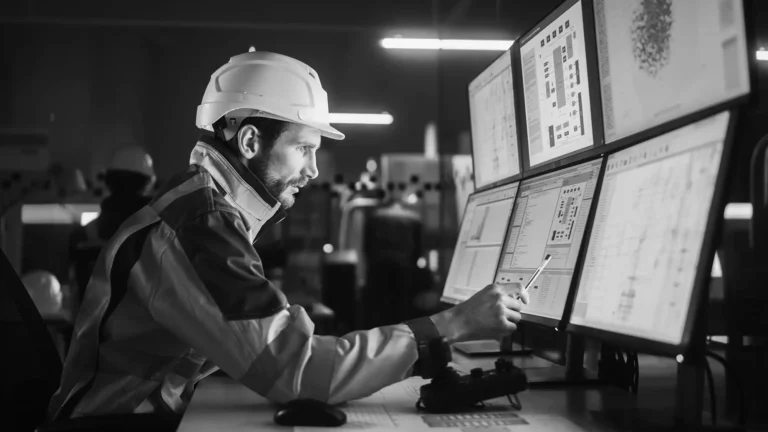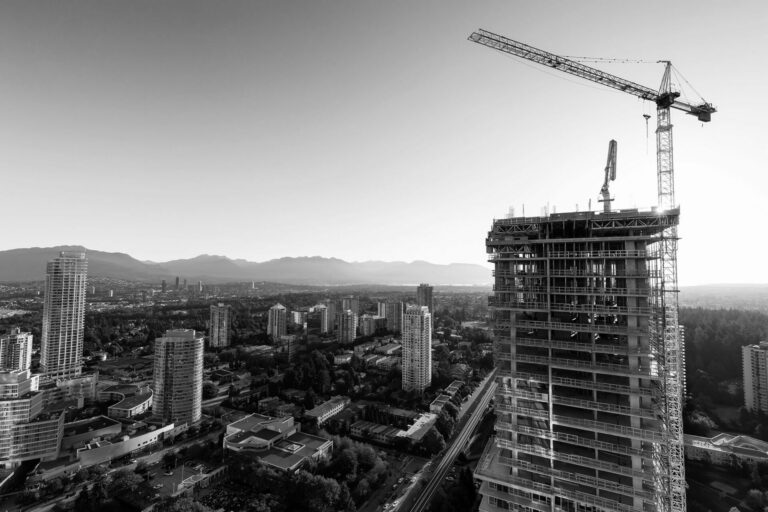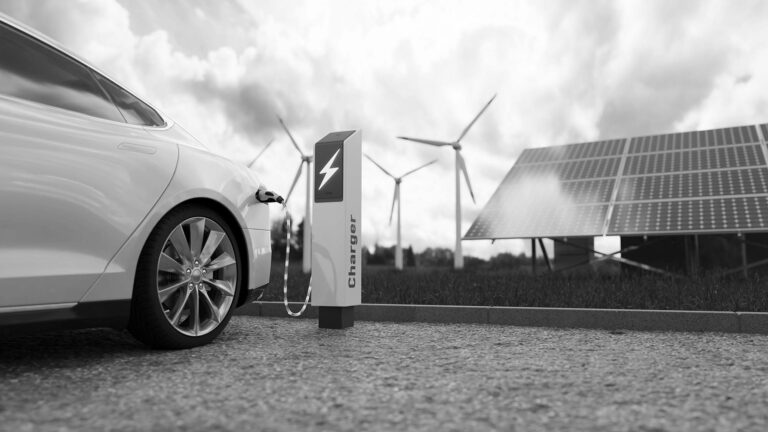In order to effectively reverse the harmful effects of carbon on our environment, innovative thinking is required. Many new ideas and projects have been launched over the past ten years. The jury may still be out on some, but it is clear that others have the potential to make a serious impact. Carbon capture, leads the way in terms of eliminating carbon from our atmosphere but many experts believe that a combined approach will ultimately be necessary. This means that in addition to sequestering carbon, efforts will need to be made to create power sources that are cleaner, more sustainable and meet the requirements of modern societies.
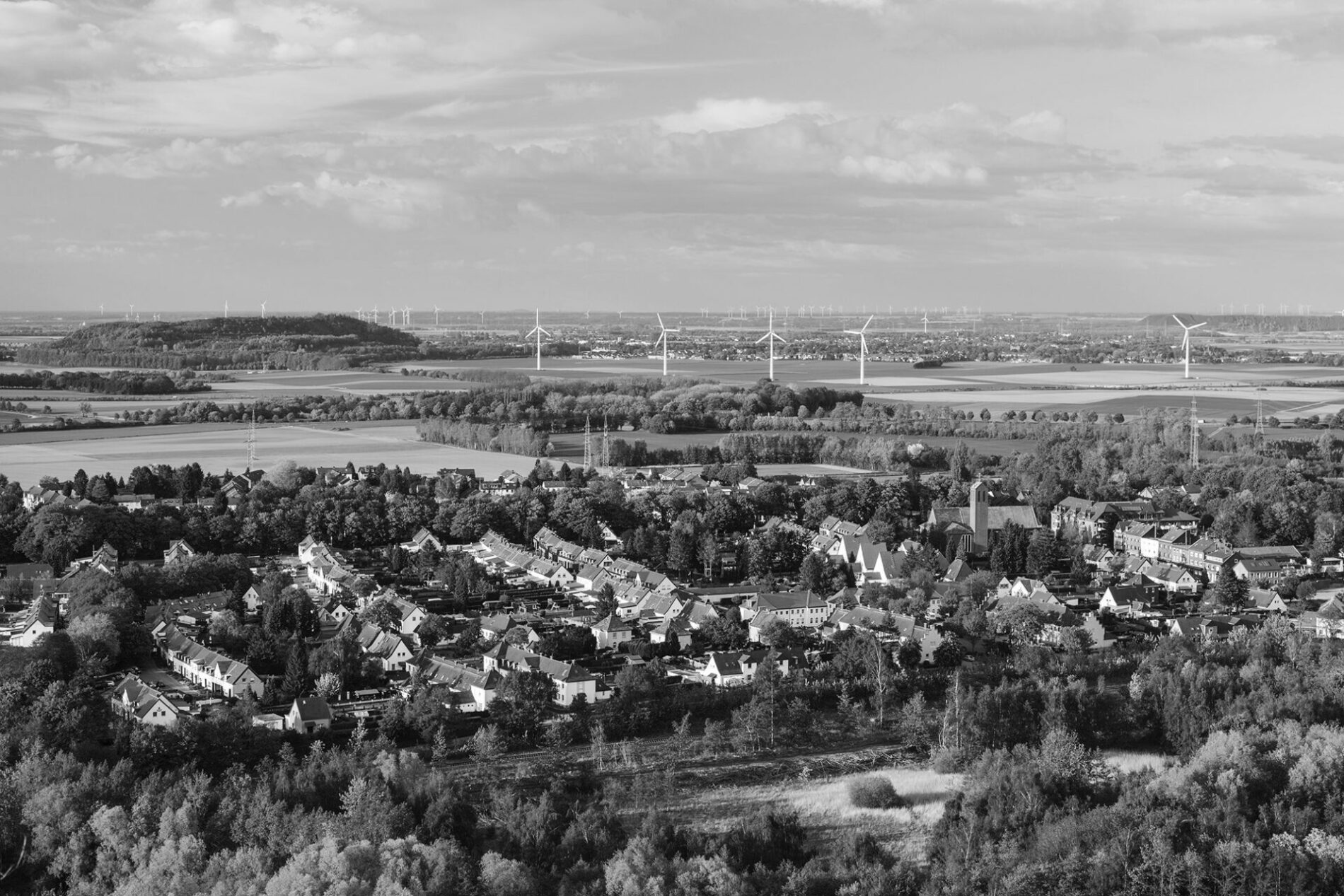
Sustainable energy such as wind, solar and hydro are all being used, in some shape or form. Depending on the local infrastructure capabilities and available finances, these strategies are rolled out to great success where possible. However, efforts to promote renewables in the energy sector can struggle to overcome the significant matter of cost. These fuel types, in addition to novel processes and strategies, can often be too costly for widescale use. This is where the innovative thinking needs to come in.
Interestingly, the tipping point may have come through legislation, rather than innovation. One EU ruling which was passed in 2019 may end up being massively important in the quest for energy equity. It was at this time that the European Union officially granted citizens the right to share energy with each other with the EU declaring this shift as a changing paradigm. “In May 2019, the European Union (EU) institutions concluded the final legislative files for the Clean Energy for All Europeans Legislative Package (CEP), a legal framework that will help the EU meet its 2030 climate and energy objectives. With this legislative package, the EU has signaled a strong shift in the role of citizens from passive consumers to active participants in the energy transition. For the first time, EU legislation acknowledges the role community energy ownership can play in helping the EU meet its climate and energy objectives while driving local social innovation.” Shifting from passive consumers to active participants is surely a key driver in any increased investment in renewable power.
Energy sharing allows regional electricity consumers (households, municipalities and small and medium enterprises) to establish renewable energy communities (REC) or citizen energy communities (CEC) and jointly operate renewable energy systems. As part of energy sharing, tenant power models provide solar power directly from the roof to different tenants in the same residential building.
Energy sharing allows regional electricity consumers (households, municipalities and small and medium enterprises) to establish renewable energy communities (REC) or citizen energy communities (CEC) and jointly operate renewable energy systems. As part of energy sharing, tenant power models provide solar power directly from the roof to different tenants in the same residential building. The concept itself is not new, however. Energy co-op and community grids have been in place for a number of years. What is new is the legislative push from EU leaders. The group have demanded that member states implement energy sharing programs since 2021, with France, Austria and Italy showing potential.
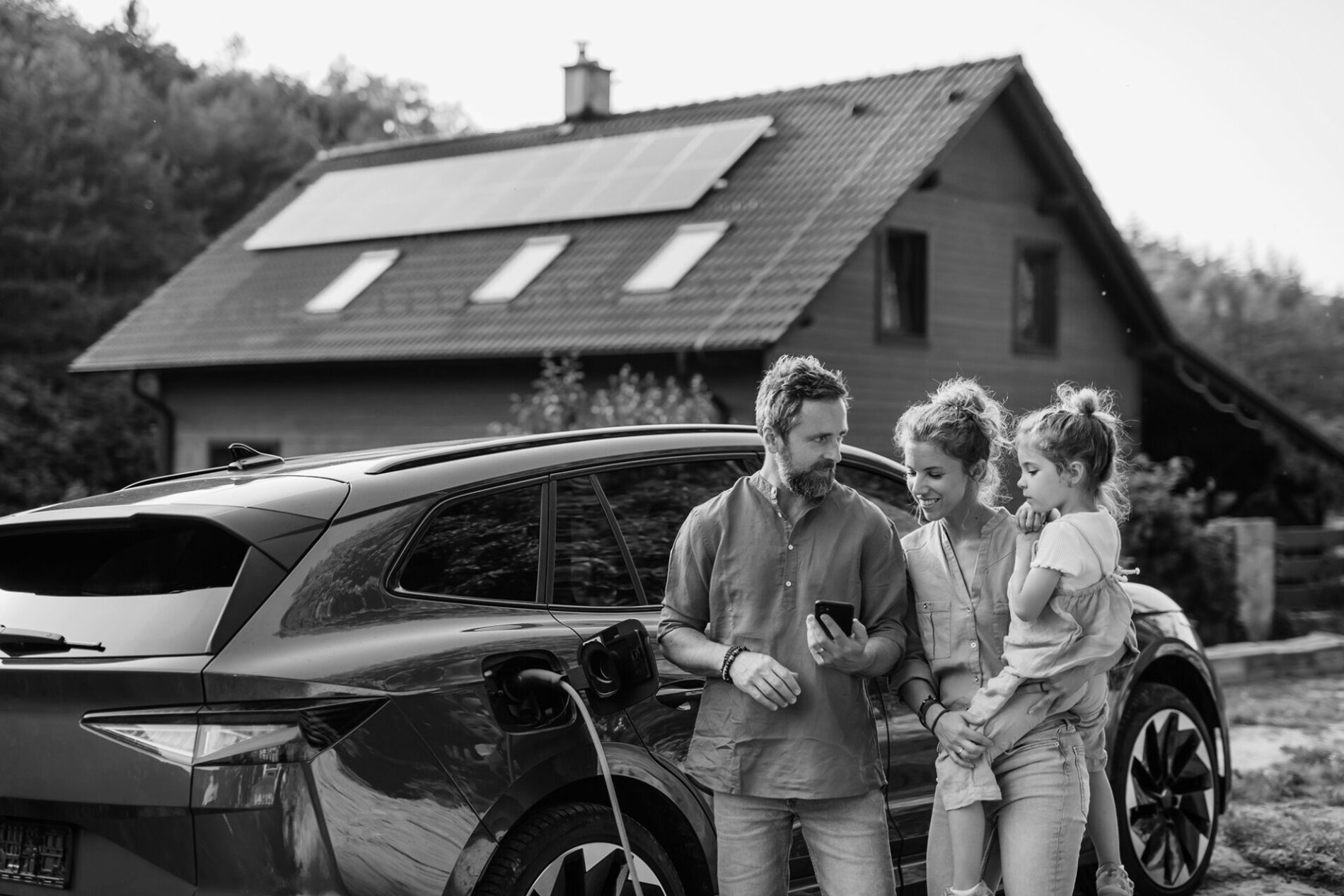
It is in the Black Forest region of Germany, however, where the power revolutionaries are quietly changing the game for power cooperatives. It was in this area that 25 community members set up the first Virtual Citizen Power Plant with each member sharing the energy it needs for homes and offices. Through the use of a forward-thinking app, the community has designed a virtual power plant. Users can access real time information about how much energy they are producing through solar panels and thermal power stations in addition to the usage amounts of themselves and neighbors. Project manager Frederik Penski describes it as neighborly sharing on a wider scale. “Think of it like you’re throwing a cable over to your neighbor and saying, hey, my solar panels produce enough energy for both of us, but virtually.”
What is remarkable about this model is that, by having the information readily to hand, community members can tailor their electricity usage depending on the surplus power, with all unused energy being sold back to the national grid. The community members, according to themselves, become “prosumers,” due to their production, storage and trading of power in addition to being regular consumers of it.
When the EU law around energy sharing changed in 2019, this co-op was able to scale up in terms of size and professionalism. EWS has bought other energy suppliers, local grids and outfits; grown from five employees to 150; and now provides certified renewable energy nationwide to 217,000 clients. However, its greatest success has been in demonstrating the success of a community-led model. Now, as a national provider, it has the infrastructure, experience and skill to support other communities who are seeking to do the same. Penski explains how a large-scale company can co-exist with cooperatives. “Many might ask, why does an energy provider invest in such an energy sharing model? Doesn’t this make you superfluous? We believe citizens taking responsibility for their own energy supply is the future. In a way, we’re shifting the model from a central energy supplier to regional and digital groups.” The EWS has made its mark “in a bureaucratic world that is not really made for such user initiatives,” he says. “The complexity of the rules and regulations is enormous. Realistically, users cannot manage this on their own.”
While the sharing and selling of power is a wonderful tool for cooperative living, it is the use of SMART systems and integrated apps that could be the most revolutionary act of all. Penski believes that these integrated systems could balance the needs of end users in real time scenarios that maintain power for all in a circular and sustainable way. “The next step is not only to monitor, but to direct the supply for maximum optimization,” he says. “For instance, EVs could feed their electricity into the grid. Users could tell the app how many miles they need to drive, and the technology would ensure they have the necessary charge. Or the system could recognize: hang on, energy will be scarce the next 15 minutes, let me power down some non-essential things.”
If this level of sophistication does indeed become a reality, the way we consume energy may change beyond recognition. From a cooperative model in the Black Forests of Germany to SMART systems that redirect power where necessary to an interlinked community of providers and users, the future of energy is an incredibly exciting one.











